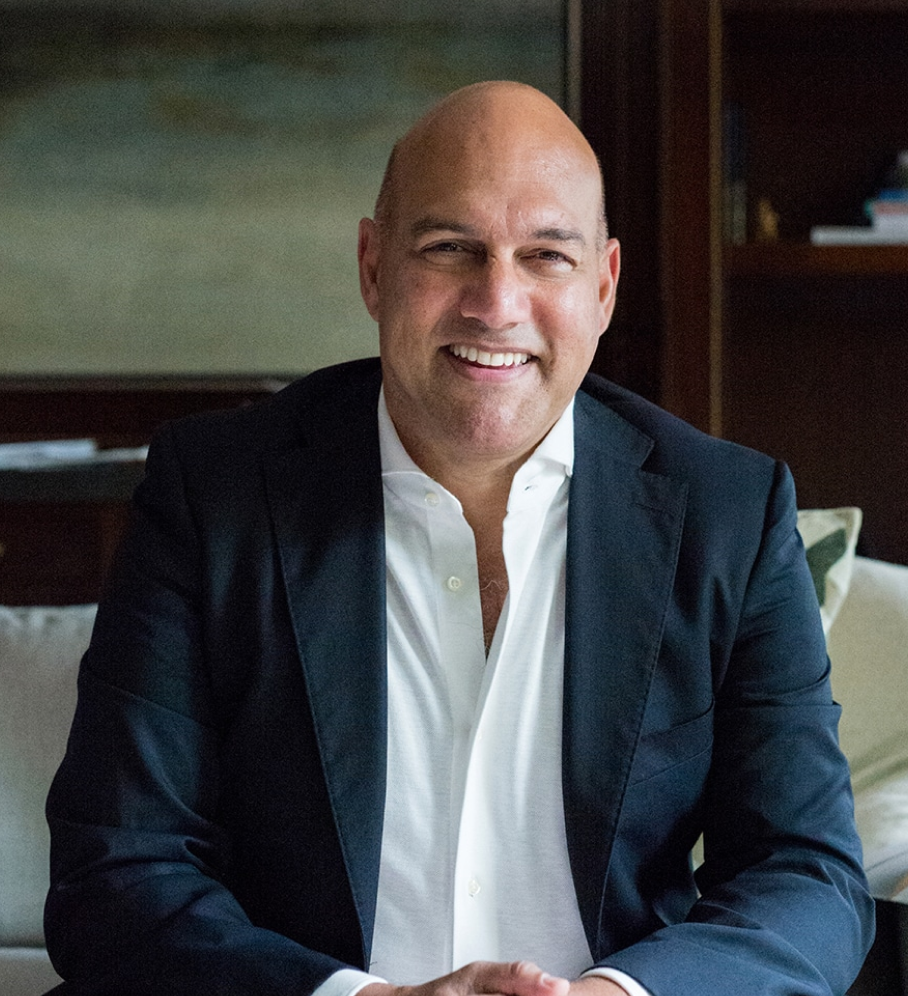The Oldest Dream
In the midst of all of this technological advance, there is one disruption that is so stunning, so positive, and so unprecedented in human history that we still have trouble imagining that it can possibly be true.
That disruption is abundance.
The story of humankind has been continuously defined by shortages—food, warmth, health, medicine, and shelter. Scarcity, in fact, has been the driving force for homo sapiens since the species emerged. Scarcity has led to untold deaths during famine, war, disease, and natural disasters. By comparison, periods of abundance have been brief, in small geographic locations, and available only to a few powerful or lucky individuals.
But now, for the first time, we appear to be entering into an Age of Abundance. It is such a stunning turn of events that it’s hard to wrap our minds around the impact that abundance is having and will have on humanity. Something astounding is happening. And what is driving this ultimate disruption is, once again, the exponential pace of technological innovation.
Peter has written extensively on this topic, including his New York Times best-selling book, Abundance: The Future is Better Than You Think. In his second book, BOLD, he argued that six exponential forces—the “Six Ds”—are driving us towards universal abundance:
-
Digitalization. Once something goes from physical to digital (i.e., from atoms to ones and zeroes), it gains the ability to grow exponentially and can spread at the speed of the internet.
-
Deception. As discussed above, when a product or service is digitized and starts on its exponential growth, the initial numbers are small, and their growth goes largely unnoticed to outside observers.
-
Disruption. At some point, the new exponential technology grows so fast and spreads so far that it completely disrupts the status quo. Double something 30 times, and it’s a billion-fold bigger. This is how the digital camera devastated Kodak film, Netflix ate Blockbuster for lunch, and Google upended libraries and advertising.
-
Demonetization. When a product or service becomes fully digitized, the cost of replicating and transmitting that product or service becomes effectively zero. This completely changes the economics. Software is less expensive to design, iterate, and perfect than hardware. And again, proliferation of software becomes virtually free. Meanwhile, downloadable smartphone apps enable access to terabytes of information—music, books, entertainment—at near-zero costs.
-
Dematerialization. When we digitize a wide variety of “things,” they physically disappear and become apps. Everything from alarm clocks, cameras, records, books, videoconferencing equipment, and flashlights has dematerialized to apps on our smartphones.
-
Democratization. When a product or service becomes fully digitized, the cost of transmitting that digital product to anywhere on the planet also approaches zero. As such, rather than marketing in your neighborhood, state, or nation, a success in one location can be a success everywhere. True democratization can happen at shocking speeds. You need to look no further than early 2023 when ChatGPT went from announcement to a million global users in five days and to 100 million users in only two months.
Put all of these Ds together. Add networking effects, with 8 billion humans participating. Imagine everyone’s application of these technologies to fields as essential to human existence as energy, water, education, food production, communications, and healthcare. And then witness the emergence of a new world, defined by unprecedented abundance for everyone, even the most impoverished. Consider the following developments documented in “Our World in Data”:
-
Between 1820 and 2015, the proportion of humanity living in extreme poverty plummeted from 90% to 10%.
-
Between 1800 and 2016, the global literacy rate increased from 15% to more than 80%.
-
Between 1800 and 2017, the global child mortality rate plummeted from 42% to under 5%.
-
Between 1779 and 2019, average global life expectancy skyrocketed from 30 to more than 75 years.
It’s no longer an unusual sight to see a person in, say, Lusaka, Zambia, selling handicrafts on eBay on a smartphone, or an AIDS orphanage raising donations via crowdsourcing, or villagers in a remote corner of India having their hearts tested by a mobile device and the data transmitted for analysis a continent away. Children in isolated villages and towns around the world are getting a real education via YouTube and other Internet sites.
After millennia characterized by periods of devastating famines, droughts, and other lethal shortages; of unequal distribution of medicines, money, and knowledge; technology has come to humanity’s rescue. It is the force that is converting scarcity into abundance. And, incredibly, its impact is being felt not just at the bottom of Maslow’s hierarchy of needs—in basic nutrition, shelter, and safety—but at the top as well, as every human has an increasing chance at achieving love, esteem, freedom, and self-actualization.
The prospect of endless abundance is a heady dream. But it doesn’t come without challenges. For one thing, it’s happening very quickly—and our ability to adapt to this new reality will be an enormous test for our established institutions, social orders, and collective and personal relationships to the world. As co-author Mike Malone observes, technological revolutions arrive slower than we predict but faster than we are prepared for them.
In addition to COVID, the last decade saw worldwide protests against racial discrimination and a war in Ukraine. There is little doubt that disruptive events will continue to come at us thick and fast. The social and cultural upheaval created by these disruptions and the responses to them—from bureaucratic incompetence to violence and hysteria to repression to euphoria—is not heartening. Humanity needs to evolve its organizations and enterprises to better deal with these potentially civilization-threatening challenges. Just as important, we need to change the nature of our culture. Noted biologist E.O. Wilson summarizes it best: “We have Paleolithic emotions, medieval institutions, and godlike technology.” (2)
Consider that all the tensions and conflicts in the world come from the gaps between those three layers: emotions, institutions, and technology. Developing tools to solve those disparities is the work of every world leader in this century. The ExO model is one of those tools. It has the flexibility, adaptability, and velocity of execution to navigate our continuously accelerating world.
In the next chapter, we’ll explain why linear organizations, even the most successful ones today, are undependable in the short term and doomed in the long term.
(1) Looking Back Looking Forward: A Conversation with James D Watson and Edward O Wilson
Join Our ExO Community - Unlock Exponential Growth!
Traditional growth models risk obsolescence. Learn how to become an Exponential Organization (ExO) and drive innovation with disruptive technologies. Sign up now!
Organizations implementing the formula have delivered over
- ⭐ 6.8x high profitability
- ⭐ 40x higher shareholder returns
- ⭐ 11.7x better asset turnover
- ⭐ 2.6x better revenue growth








